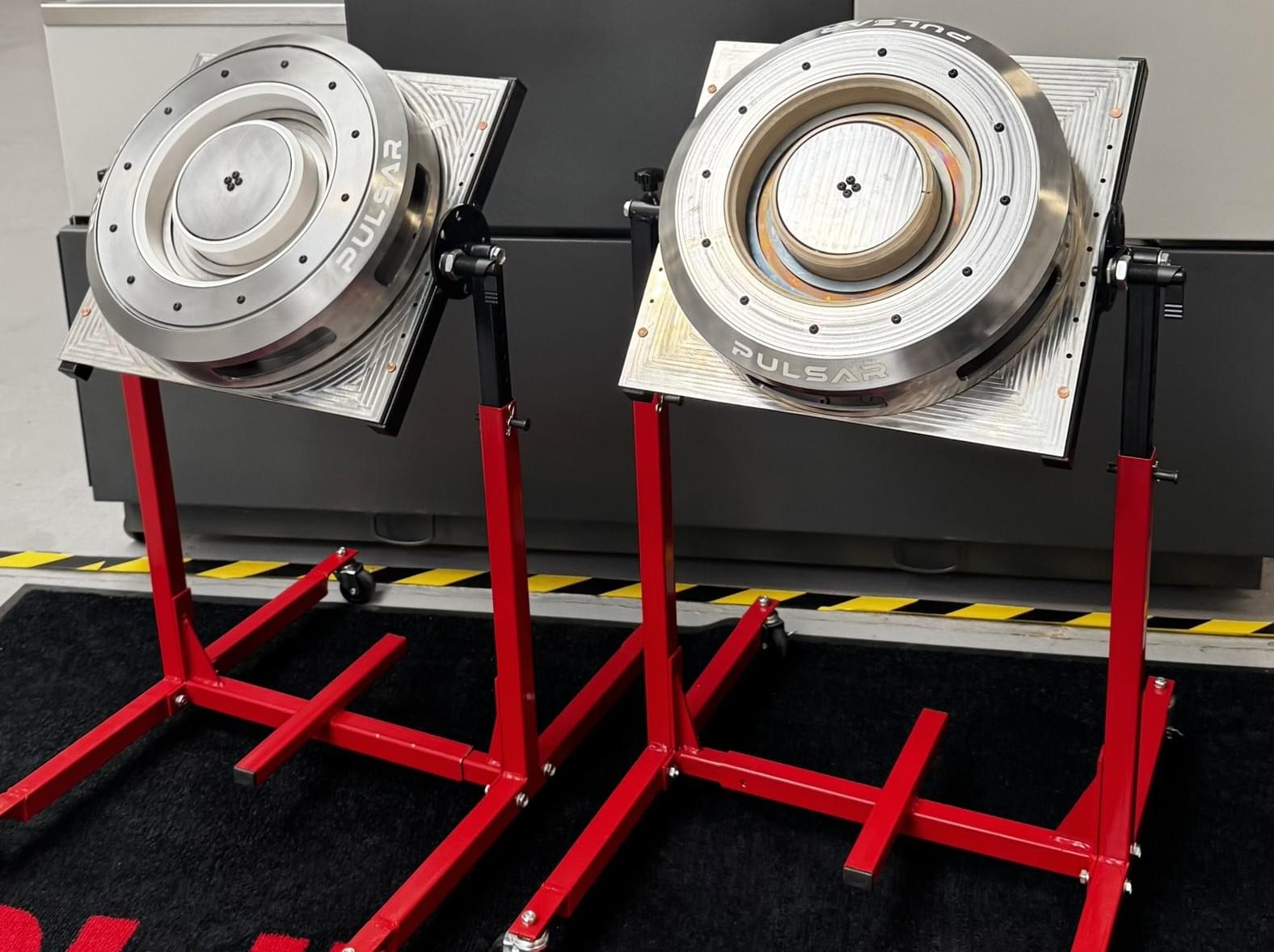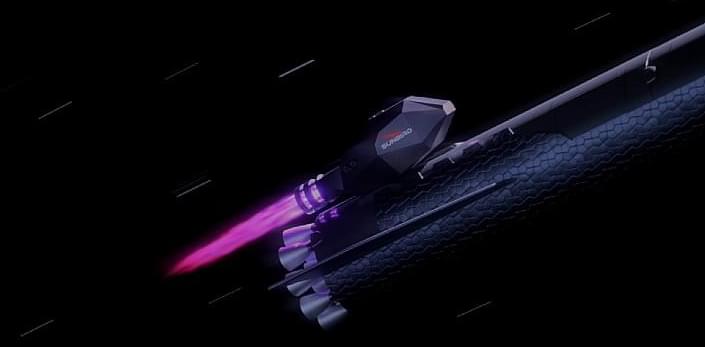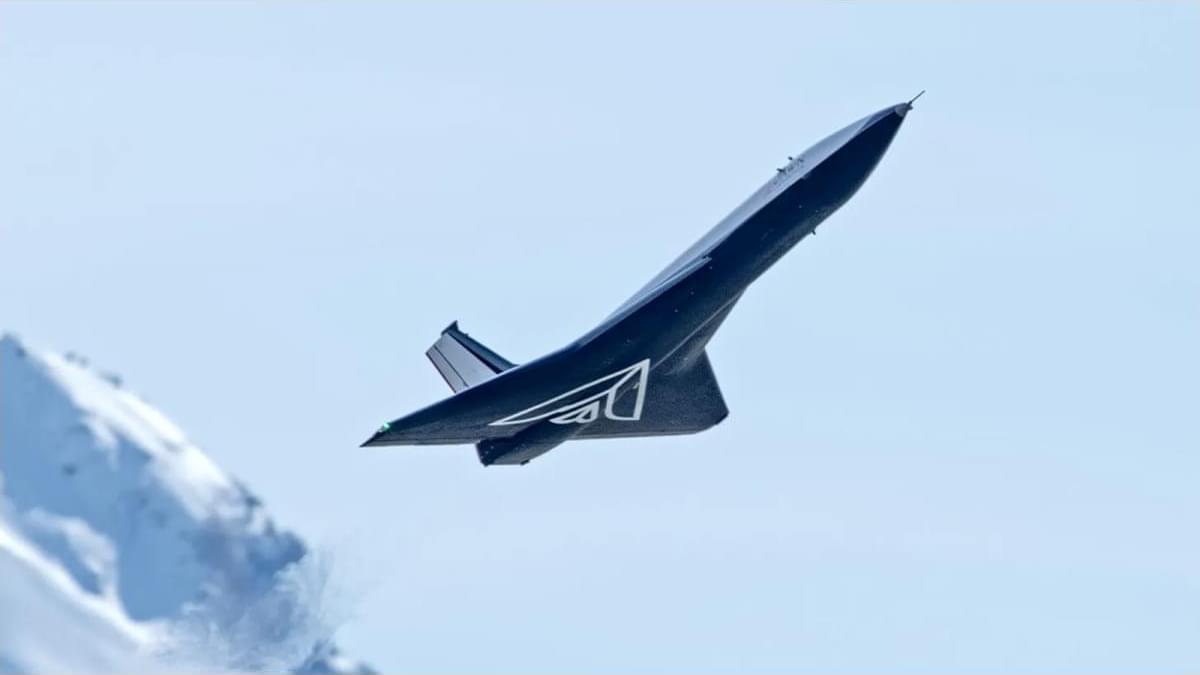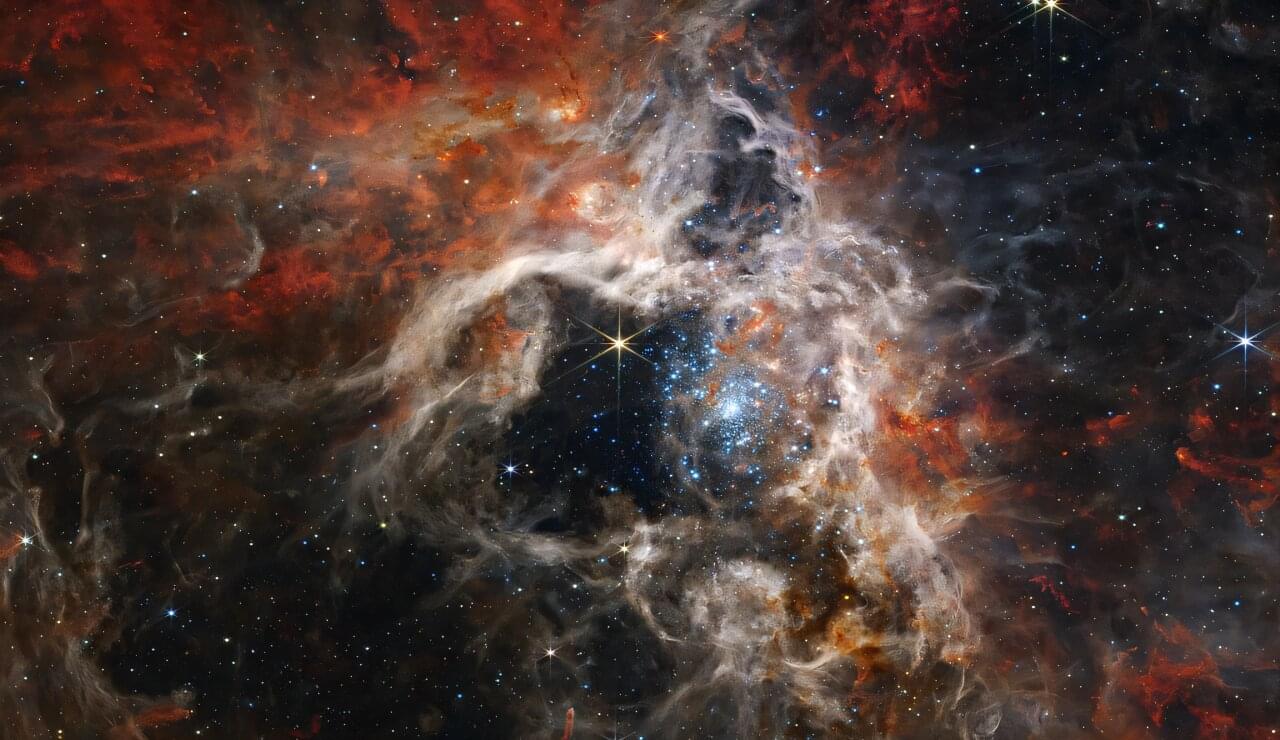UK nuclear propulsion startup Pulsar Fusion has dreams of ferrying rockets to the Moon, Mars, and Saturn—but first, they’re headed to Texas.



The company says that unlike the large amounts of fuel required for a chemical rocket, the relative tiny amounts of the deuterium and helium-3 fuel mix required means “a spacecraft would launch with a fixed supply, sufficient for missions like Pluto in four years, with no mid-flight refuelling needed”. (Repost)
The Sunbird nuclear fusion rocket concept has the potential to more than halve the time to travel to Mars and cut travel time to Pluto to about four years, the UK’s Pulsar Fusion says.
The company says its in-house team has been working on the project for a decade and it is “rapidly advancing toward in-orbit testing, with components of the system’s power supply set for demonstration later this year” and then demonstrated in orbit in 2027. They hope for a production-ready Sunbird in the early 2030s.
The Sunbird concept is for the fusion-powered ‘tugs’ to be permanently based in space, able to dock on to spacecraft and propel them at high speed over vast distances. Pulsar Fusion says it foresees a compact nuclear fusion engine providing both thrust and electrical power for spacecraft, including as much as 2 MW of power on arrival at a destination.


The James Webb Space Telescope (JWST) has unlocked the depths of interstellar space with unprecedented clarity, offering humanity a high-resolution window into the cosmos. Harnessing this newfound capability, an international team of researchers set out to investigate how polycyclic aromatic hydrocarbons (PAHs)—organic molecules and key players in cosmic chemistry—survive the harsh conditions of space and uncover the mechanism behind their resilience.
Watch THIS Next: https://youtu.be/6kcNzmUaTdA
Faster-than-light travel still seems like pure science fiction—but it could soon become a reality. Scientists have finally discovered a new way to travel at speeds ten times faster than light! Other research teams have made amazing breakthroughs in WARP technology, and in practice this could mean that in just 10 or 20 years we could have the first prototypes of spaceships capable of traveling enormous distances in ever shorter times.

Robert Zubrin quite literally wrote the book on why humanity should go to Mars—so why has the renowned aerospace engineer soured on Elon Musk, the billionaire entrepreneur leading the charge?
In an interview, the 73-year-old founder of the Mars Society delivered a blistering critique, accusing the world’s richest person of undermining the mission through divisive politics and a bleak vision of the Red Planet as an escape from Earth rather than a journey of hope.
“On one level, he’s absolutely instrumental in opening up this opportunity to get humans to Mars, both through the development of Starship and also the inspiration that has caused,” Zubrin told AFP, referring to Musk’s prototype rocket.

The space agency relies on Elon Musk’s rockets for crucial missions to the International Space Station. Who will replace them when competitors are still playing catch up?
All-In Podcast